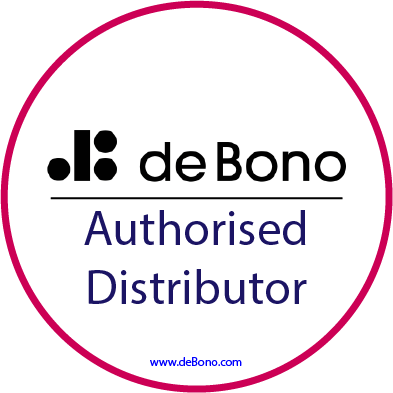Richard Morris, Accredited Trainer
With the introduction of hybrid working, we are spending less time in face-to-face conversations. So when you send that business report – you may not have a chance to talk someone through it. Having great writing skills to produce a clear, concise business document has never been more important.
Virtual collaboration
When it comes to collaborative writing, virtual collaboration comes with a risk of discord, which can lead to a number of key issues for your document:
- Multiple authors being ‘off message’.
- Too much repetition.
- A disconnect for the reader as there is no flow or logical sense.
When multiple writers are writing away from the team, left to their own devices, with no commonalty of approach or focus, these issues are extenuated.
Follow a collaborative writing approach
Writing Dynamics™ helps to bridge the gap. Whether you are writing face-to-face or in a hybrid set up, it provides a collaborative approach – which empowers authors to write in isolation, yet ensure there is a unity of voice. Writing Dynamics™ focuses on three critical areas and breaks them down into three distinct parts:
- Planning
- Drafting
- Editing
Maximising collaboration
To ensure the unity of voice is maintained and that the message is consistent, logical and coherent, you need to focus on how to maximise collaboration. We recommend using online collaboration tools, such as Miro or Mural, to capture the input. You can also use these effective tools when face-to-face.
Writing Dynamics ‘Clustering’ – planning to succeed
Throughout the Writing Dynamics™ workshop, planning is broken down into two subparts that help you to look at the topic in its entirety. We take a deep dive into a subject using ‘Clustering’, a creative thinking process. Clustering supports collaboration. It assists contributors to share their thoughts openly and freely.
This collaboration helps people to connect with the overall structure and intent we want to achieve. Ordering our document flow in this way, helps us smoothly and confidently transition into creating the logical and linear outline we will write from.
By creating this structure, it helps each writer know where they need to focus. This is particularly useful if you have multiple authors contributing, e.g. if they are the subject matter expert for that part of the document, they know how their allocated section fits into the wider document – keeping it on message and its logical place.
More about Writing Dynamics™– Learn the secrets of how to achieve written skills of the highest quality, while saving time, by following a special system developed and used by professional writers. Our professional writing trainers guide you through each step, using business documents that you’ve written. This means you see the immediate impact to your own regulatory documents, as well as proposals, reports, briefings, emails, project scopes, in fact any document you write.
- Public workshop calendar.
- Enquire about in-house training.
- Find out more about our training for trainers.

More about Richard Morris Richard is an accredited Think on Your Feet®, Writing Dynamics™, Lateral Thinking and Six Thinking Hats® trainer and has delivered these workshops to numerous clients.
From an organisational development context, he has created and implemented a new leadership behavioural framework and set of associated flagship leadership development programmes.


